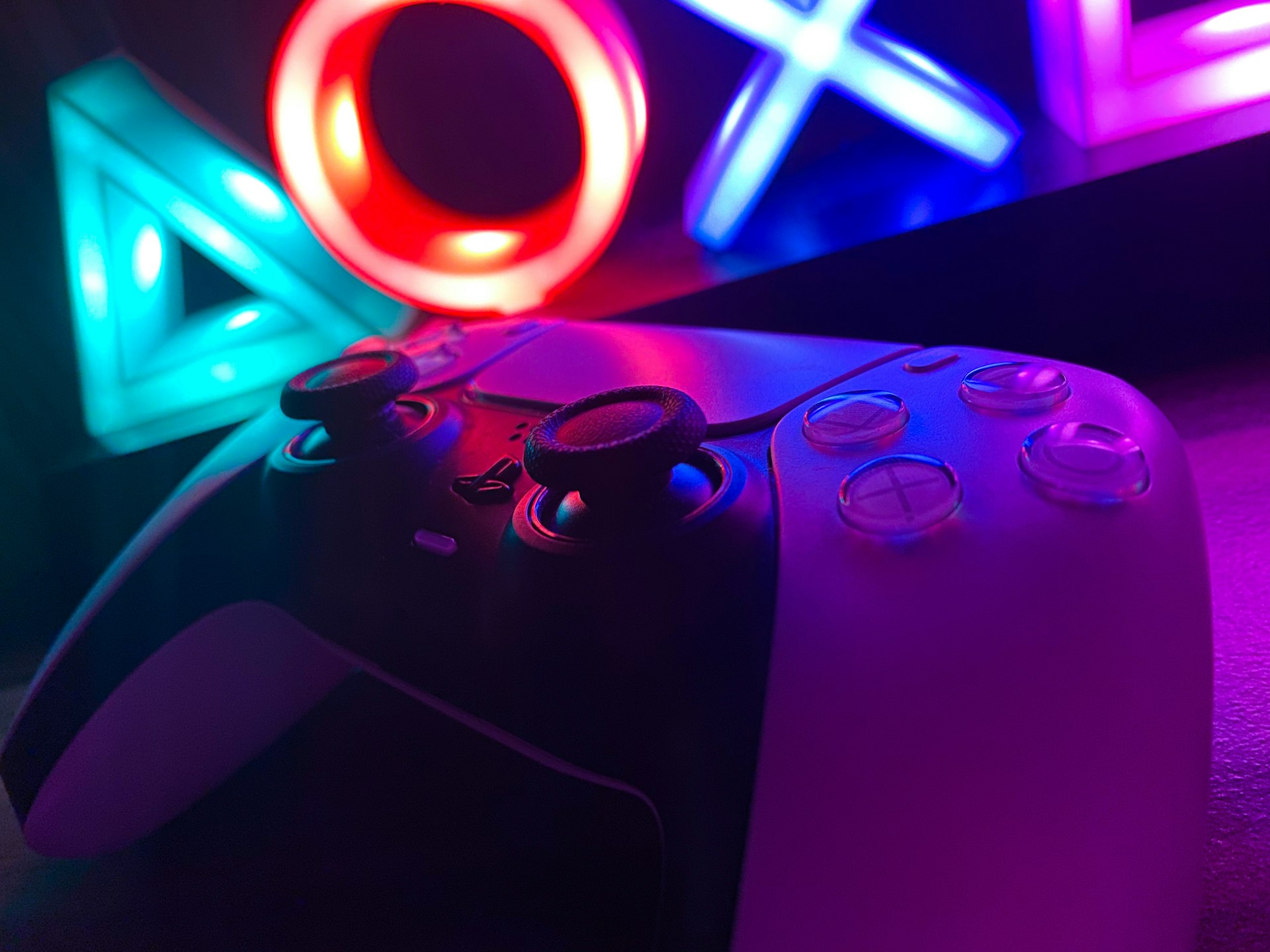During an event held in Beijing on Tuesday, November 5, Xiaomi unveiled its new smartphone, called Mi CC9 Pro-Premium, the world’s first mobile with a 180-megapixel camera. However, apart from the novelty of its camera, what has attracted the most attention is that the additional high-resolution sensor that comes with the device was developed by Samsung, which has not yet included it in theirs.
Thus, the technology company claims that the greatest benefit of this camera is that it offers “extremely sharp and richly detailed photographs”. For the time being, the new smartphone by Xiaomi is only available in the Chinese market and is priced at 2,799 yuan, or about $400.
Xiaomi’s new smartphone: merged pixels
Only until now, sensors of 100 megapixels or more were generally intended for medium-format digital cameras, which, by the way, can cost thousands of dollars.
When trying to obtain a high resolution on a smaller sensor, the risk is that interference may occur. This phenomenon occurs when the electrical activity of a pixel spills over into its neighbors because they are close together, resulting in digital noise in the image.
In addition, since each pixel must be very small to fit in the same space, each pixel receives less light. This causes problems in low light conditions.
Larger sensor
But, Samsung’s Isocell Plus sensor partly addresses these drawbacks by being larger than most other smartphone sensors.
So, the novelty is that its pixels are arranged in groups of four and, each group shares the same color filter in order to detect red, green and blue light. With this, the data from each set is merged to mimic the behavior of a much larger pixel, resulting in a final 27-megapixel photo.
However, in situations where there is sufficient light, the user can override the function in order to obtain a 108-megapixel image. This is made possible by an algorithm that reassigns the pixels to simulate what would have been recorded, had they been arranged in the normal pattern.
There is only one thing that users of Xiaomi’s new smartphone should keep in mind, and that is that, photos with this amount of megapixels will, of course, take up more storage space. In addition, they will require more processing power for editing.
If you liked this article, you can also read: Xiaomi launched a smart pencil designed for kids




